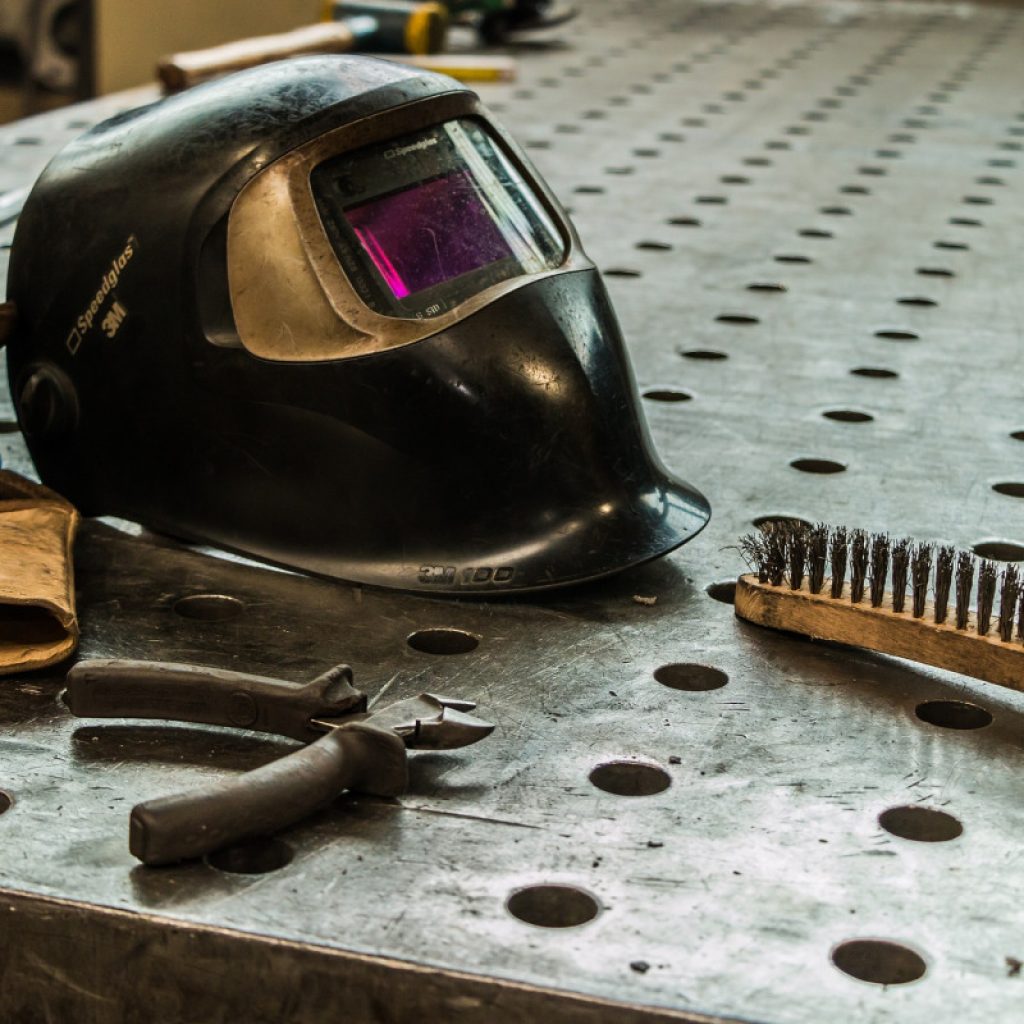Workplace Safety Standards: What HR Needs to Know – The HR Tech Weekly®
There are many risks in workplaces that can present a serious danger to the well-being of employees. Even in seemingly low-risk positions, these can seriously impact a business, and a serious incident can potentially shutter operations entirely.
According to the International Organization for Standardization, “more than 2.3 million people die each year as a result of workplace injuries and disease.” This doesn’t count the millions of people who sustain non-fatal injuries at work. That being said, workplace safety is important for all employees. Every employee deserves to work in a safe and protected environment — one that reduces costs to the organization and improves safety in the long run.
While most job industries have safety risks, management and HR should devote more time making their work environment safer for everyone. In order to do so, however, both parties need to prioritize employees and take steps that benefit them. This will not only help improve the work environment, but it will also help improve safety standards as well. With that in mind, here are three things company leaders and HR personnel need to keep in mind while developing safety standards:
Recognizing Potential Dangers
When it comes to recognizing the potential dangers ahead of time, it’s important for HR staff to think outside the box. That’s because every industry has potential dangers. Here are a few examples:
Another thing that could cause havoc in the workplace is something most people don’t even pay attention to is plumbing. Having access to high-quality water is important, and the last thing you want your employees to do is to drink contaminated water, which could result in illness, lawsuits, and a bad reputation. That being said, HR should ensure that the pipes holding the water aren’t contaminating drinking fountains. By making sure these things are taken care of, HR personnel can provide a safe work environment for employees and guests.
Keeping the Workplace Free of Allergens
Sneezing, wheezing, and watery eyes can leave any employee unfit for work. That’s because nearly 75 percent of all allergy symptoms affect the victim’s eyes. For some jobs, there are environmental triggers that can cause employees to feel discomfort and make it hard to breathe. Look for triggers like:
Allergic reactions can make any work environment unpleasant. For HR representatives, making sure the work environment is well ventilated and has a sufficient amount of humidity is extremely important — especially since doing so can reduce the chances of mold. Dusting the workstation regularly may also help.
Closing open windows to eliminate excess pollen, utilizing humidifier, getting HVAC systems regularly cleaned/replaced, establishing a no-pet policy, and checking for food allergies before potlucks can also make the workplace safer for employees. Although some employees may still experience allergies, workplace accidents should cease to exist as long as you take steps to prevent it.
Common Workplace Accidents & Safety Tips
Generally speaking, when people hear the phrase “workers’ compensation,” they typically envision heavy machinery, employees being exposed to harsh chemicals, or potential hazards around every corner. Truthfully, a work-related injury can happen at any time, even from behind a desk. As noted above, slip and fall accidents are a serious concern. When it comes to office jobs, slip, trips and falls account over 30 percent of all personal injuries.
So, what’s something that can cause employees to slip? Any area that has a wet or oily surface can cause employees to slip and fall. This might include break rooms, door entrances, and restrooms. The weather should also be taken into consideration. In other words, if it’s wet outside from either rain or snow, floor mats should be placed near door areas to prevent employees from falling.
What causes employees to trip? A trip may occur when an employee’s view is obstructed. Poor lighting, blocked or cluttered areas, uncovered cables, wrinkled rugs, and uneven walking surfaces may all contribute to an employee falling over. Luckily, these things can be avoided by making sure that work areas are clean, walking surfaces are even, employees are wearing proper shoes, and staff members are paying attention to where they’re going. Employees should also be encouraged to report dangerous (cluttered, obstructed, or damaged) areas to HR. That way, other employees are aware of the situation.
Regardless of the industry, safety should always come first, and it’s up to HR to get employees to contribute to improving workplace safety efforts. This can be done by encouraging employees to become actively involved. If employees are curious, share workplace injury statistics with them. This will help put things into perspective and demonstrate just how serious these events are, no matter the job type. Lastly, be sure to provide some sort of incentive that rewards them for showing great workplace safety behavior.

